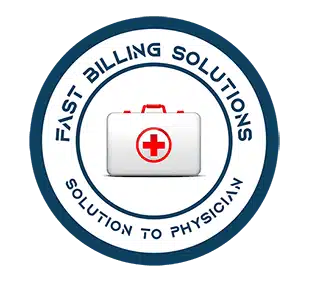Practices have to confirm patient information, like coverage, deductibles, coinsurance, and copayments with the insurance company of a patient. This process is known as patient insurance eligibility verification. It is an essential part of the RCM. It involves different steps that a practice must follow. These steps are essential to keep an eye on revenue and make sure that they receive the payment.
Some Important Questions about Patient Insurance Eligibility Verification
Through eligibility verification, practices can decide whether or not a patient is eligible for medical insurance. Remember that verification is necessary before setting up an appointment and reporting the demographic details precisely on an insurance claim.
By prioritizing eligibility, practices can prevent denials, while increasing a clean insurance claim rate. Let’s take a quick look at a few important questions related to patient insurance eligibility verification.
How Practices Perform Patient Insurance Eligibility Check?
For eligibility verification, practices can choose between two approaches; manual checking and real-time electronic eligibility checks. Ideally, practices should perform real-time electronic eligibility checks 48 hours (2 days) before the appointment of the patient.
With this approach, practices can:
- Access insurance benefits and status of the patient before the visit
- Request patient updates and recommend if a copayment is pending
- Verification of updated patient insurance and make sure that their account is created for speedy check-in
- Request patients apprise their PCP (primary-care-physician) and COB (coordination-of-benefits)
Manual eligibility checking is less proficient. However, practices may choose this approach to inquire insurance companies for specific queries related to the benefit plan of patients.
What Information Payers Need to Provide About Eligibility Coverage?
For payments, they must provide the following details:
- Patient name
- Subscriber name
- Patient DOB
- Patient gender
- Subscriber’s relationship to patient
- Coverage date of the plan type
- Group number and name
- Member Number of the patient
Apart from that, a payer may also send additional details in the records of the health plan, if available.
When to Check the Eligibility?
Practices much check patient eligibility proactively. Preferably, they should check it before the physician checks the patient. However, this process may occur anytime at, or up until, check-in. Customer support staff must ask the patient about any insurance change since the patient’s last visit.
During the process of billing, it is advised to keep a legible, current insurance card copy of the patient on file for reference. A back-office biller may require patient insurance eligibility verification while working denied and rejected claims.
What are the Best Practices of Eligibility Verification?
To ensure minimum potential and denials in revenue, it is essential to verify the coverage of patients before the visit utilizing your EHR’s eligibility electronic feature. Take a look at the following checklist that you must follow before the visit.
- Run inactive plans check and flag accounts
- Perform a tertiary, secondary, and primary insurance check
- Check for Medicare coverage if the patient is 65 years or older
- Check the services that fall under the insurance policy of the patient
- Ensure authorizations and referrals approval
- Check the benefit limit
- Look for collectible copayment, deductible, or coinsurance payment
When scheduling a patient, it is essential to gather maximum demographic information. Some details affect MU (Meaningful Use) reporting. It is also essential to inquire about any change in the insurance, a change, or a new policy in coverage.
You May Also Read: 5 Reasons Why Medical Doctors Credentialing is Important
